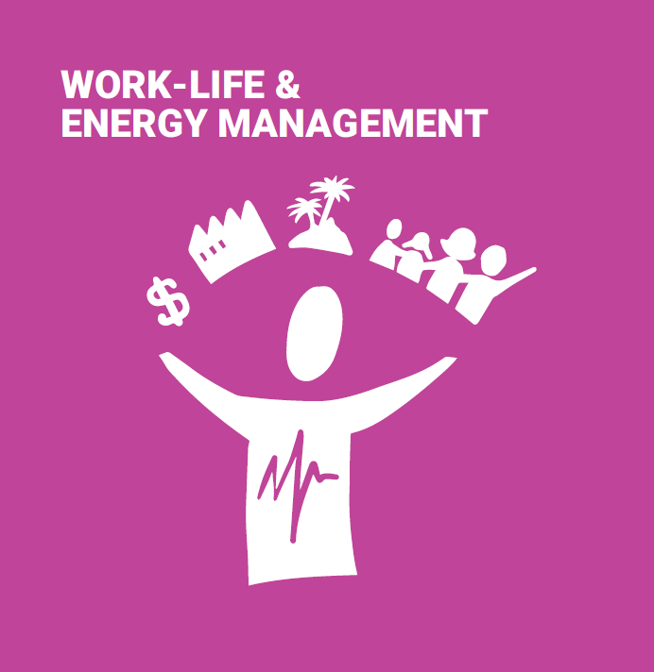
For a long time, it was assumed that the question of personal energy was alien to the workplace. Over the past decade, however, organizations have undergone a radical rethink.
major change: they have recognized the existence of a link. A person's vitality is influenced as much by their private life as by their professional life.

The impact on the well-being, resilience and productivity of teams is clear. Modern organizations are integrating this criterion into their management processes. In a book published in 2011 entitled Fully Charged, Heike Bruch and Bernd Vogel propose an energy matrix (see below) to measure the energy driving a team or organization. Four "energy states" are possible:
If you achieve and maintain a state of productive energy, you boost individual and/or collective well-being and performance tenfold.